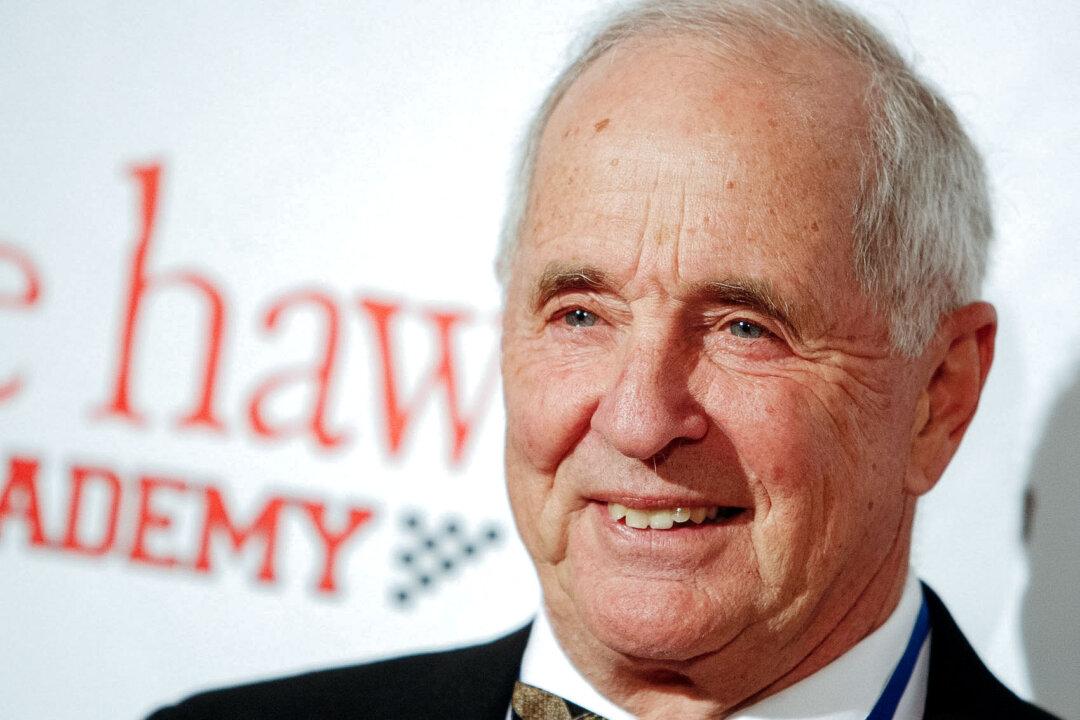Former Apollo 8 astronaut Maj. Gen. William A. Anders, USAF (Ret.), was doing a flyby near a friend’s house when his plane crashed off the Washington State coast on June 7, according to the National Transportation Safety Board (NTSB).
Mr. Anders, 90, renowned for capturing the “Earthrise” photo during the Apollo 8 mission in 1968, was fatally injured when the Beech A45 plane he was piloting descended into the waters near Jones Island.





